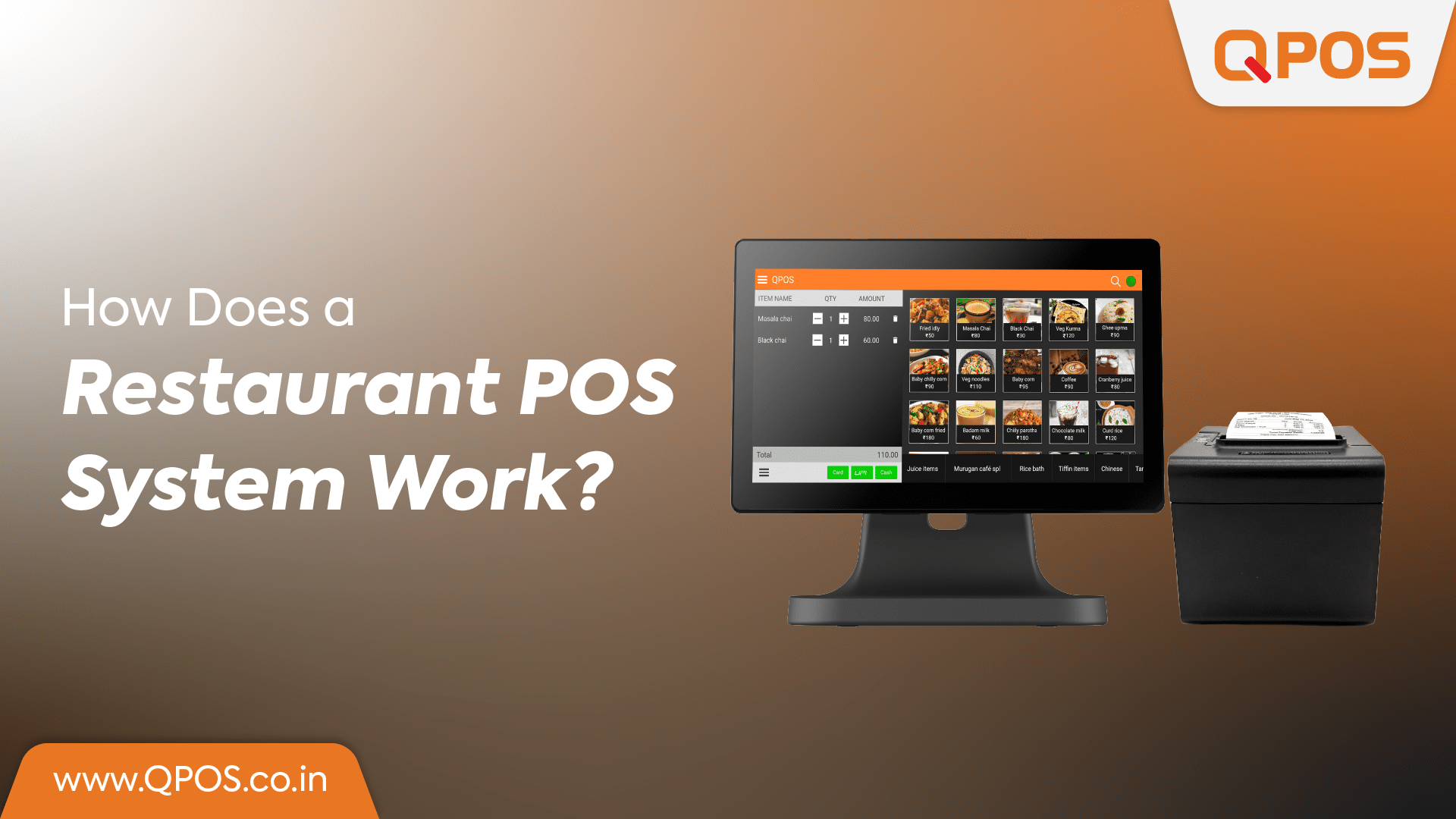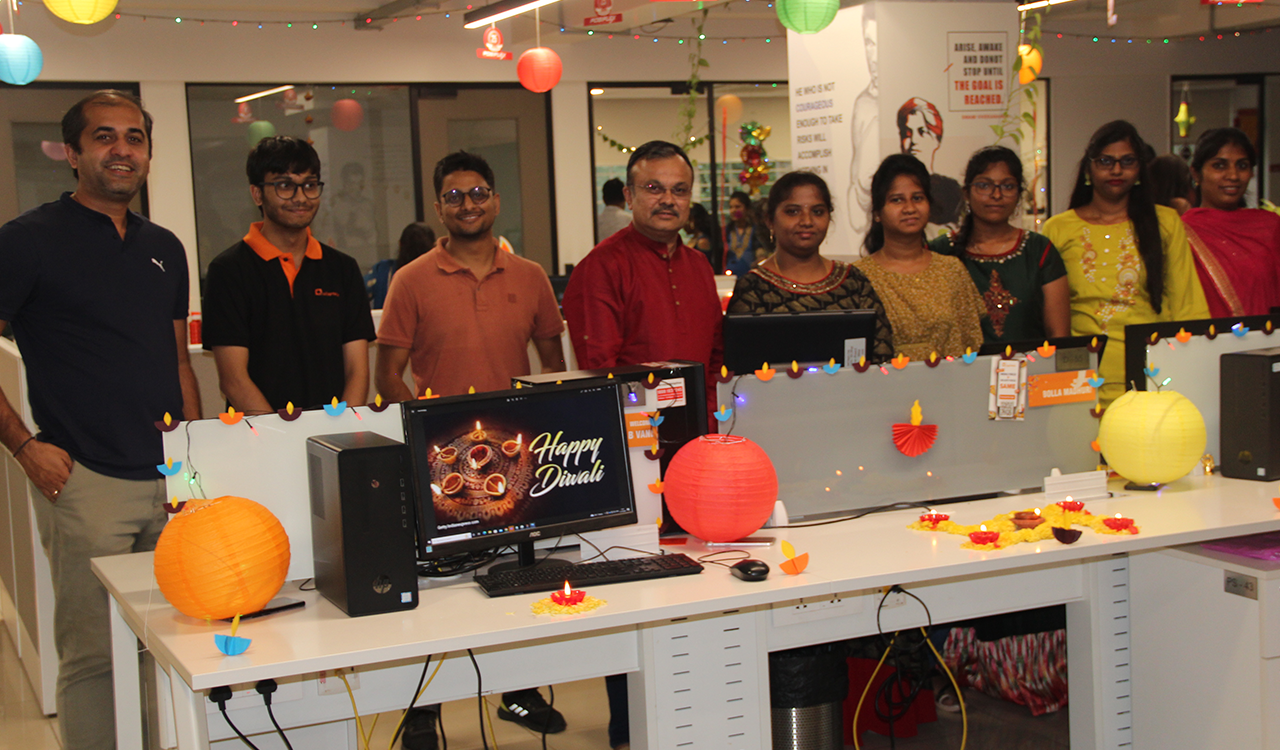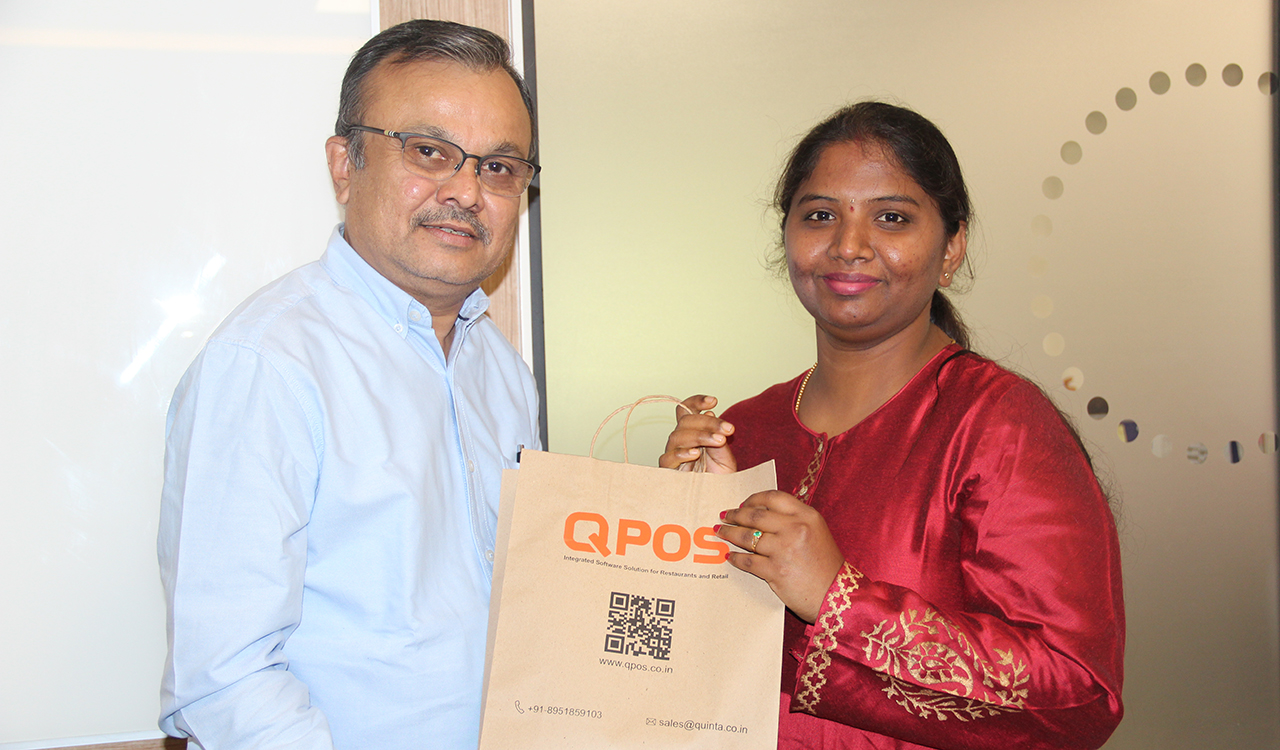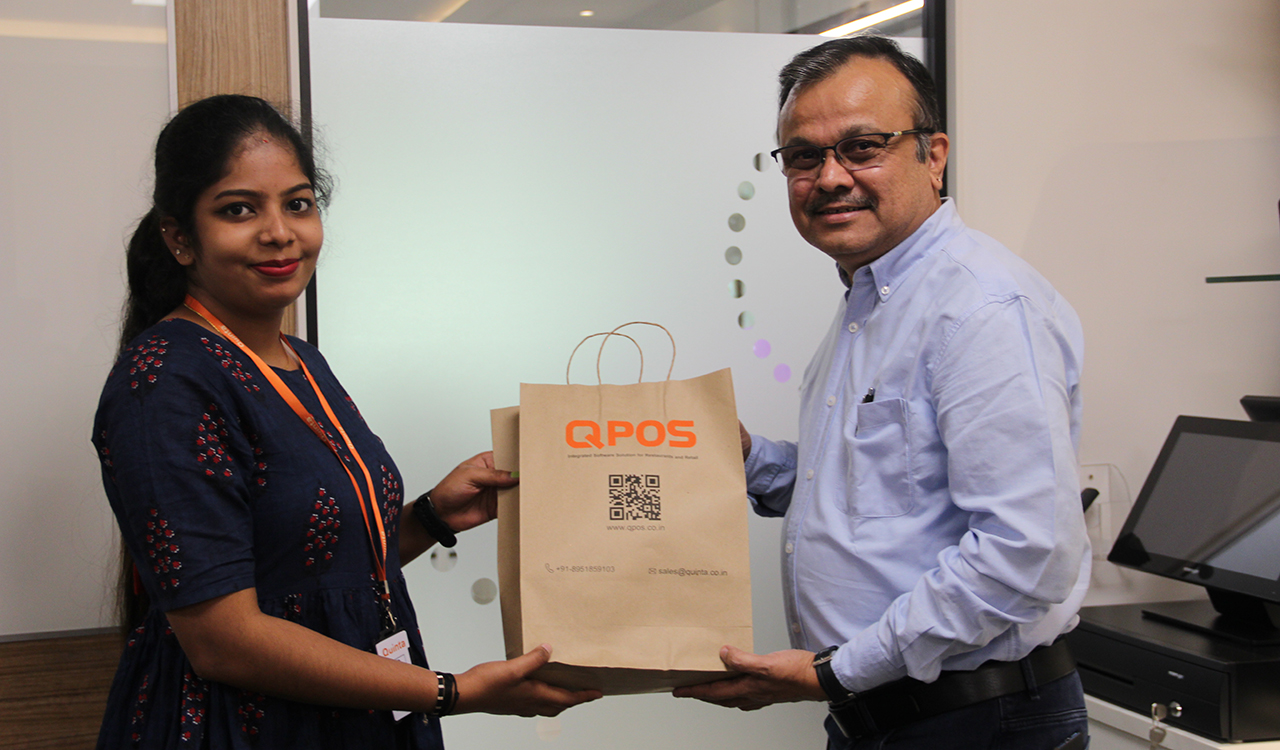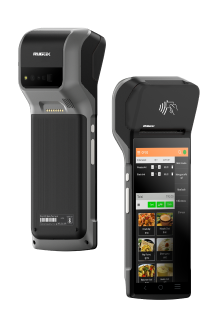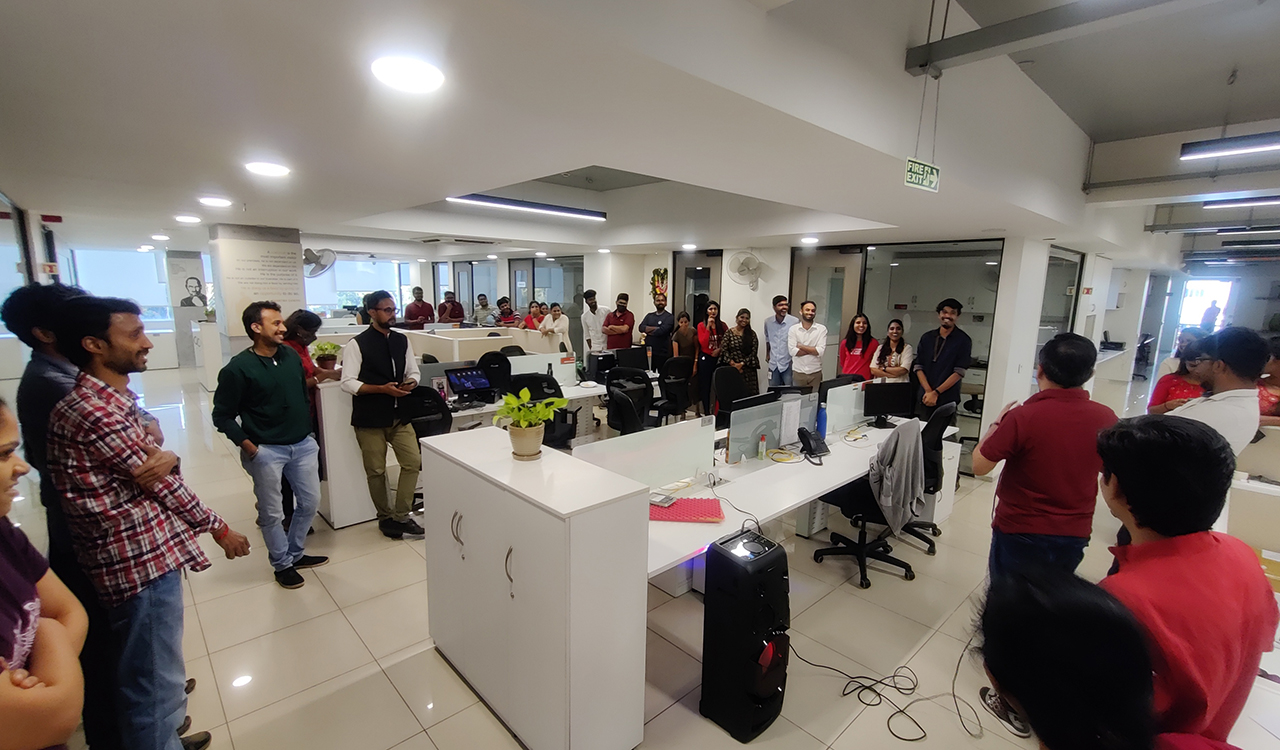How Does a Restaurant POS System Work?
In the bustling world of restaurants, efficiency and accuracy are paramount to success. A Restaurant POS (Point of Sale) system serves as the central nervous system, orchestrating operations smoothly and ensuring a seamless dining experience for customers. But how exactly does a restaurant POS system work? Let’s delve into its workings and understand its significance in modern dining establishments.
Understanding the Basics of a Restaurant POS System
A restaurant POS system is a combination of hardware and software designed specifically to streamline restaurant operations. It acts as a hub where orders are taken, payments are processed, and crucial business data is recorded and analyzed. Here’s a breakdown of its key components and functionalities:
Order Management
At its core, a restaurant POS system facilitates order management. When a customer places an order, whether it’s dine-in, take-out, or delivery, the server enters the details into the POS terminal or handheld device. The order is then relayed to the kitchen or bar, where chefs and bartenders receive clear instructions on what needs to be prepared.
Menu Customization and Modifications
Restaurant POS systems allow for easy customization of menus. This includes adding new items, updating prices, or making seasonal adjustments. Moreover, they facilitate modifications to orders based on customer preferences or dietary restrictions, ensuring accurate preparation of meals and beverages.
Table Management
For restaurants offering dine-in services, table management is crucial. POS systems help staff track table availability, assign tables to guests, and manage reservations. This ensures efficient seating and optimal utilization of restaurant space, enhancing the overall dining experience.
Payment Processing
Once customers finish their meals, POS systems simplify payment processing. They support various payment methods, including credit/debit cards, mobile payments, and even cash. Integration with payment gateways ensures secure transactions, reducing the risk of errors and enhancing customer satisfaction.
Inventory and Stock Management
Effective inventory management is essential to controlling costs and preventing stockouts. Restaurant POS systems track inventory levels in real-time, automatically updating as ingredients are used or restocked. This feature helps managers optimize purchasing decisions and maintain consistency in menu offerings.
Reporting and Analytics
Restaurant owners and managers rely on data-driven insights to make informed business decisions. POS systems generate comprehensive reports on sales trends, inventory turnover, labor costs, and more. These analytics provide valuable insights into the restaurant’s performance, enabling stakeholders to identify opportunities for improvement and growth.
Integration with Other Systems
Modern restaurant operations often involve multiple systems and platforms. A robust POS system integrates seamlessly with other software solutions such as accounting software, online ordering platforms, and customer relationship management (CRM) systems. This integration streamlines operations and enhances overall efficiency.
Conclusion: Elevate Your Restaurant Operations with QPOS
A well-implemented restaurant POS system is not just a tool but a strategic asset that enhances operational efficiency, improves customer service, and drives profitability. At QPOS, we offer a cutting-edge AI-powered restaurant billing software designed to meet the diverse needs of modern dining establishments.
Transform Your Restaurant with QPOS!
Ready to streamline your operations and elevate your guest experience? Discover how QPOS can revolutionize your restaurant management. [Request a Free Demo Today!
Embrace the power of QPOS and unlock new possibilities for your restaurant’s success!

